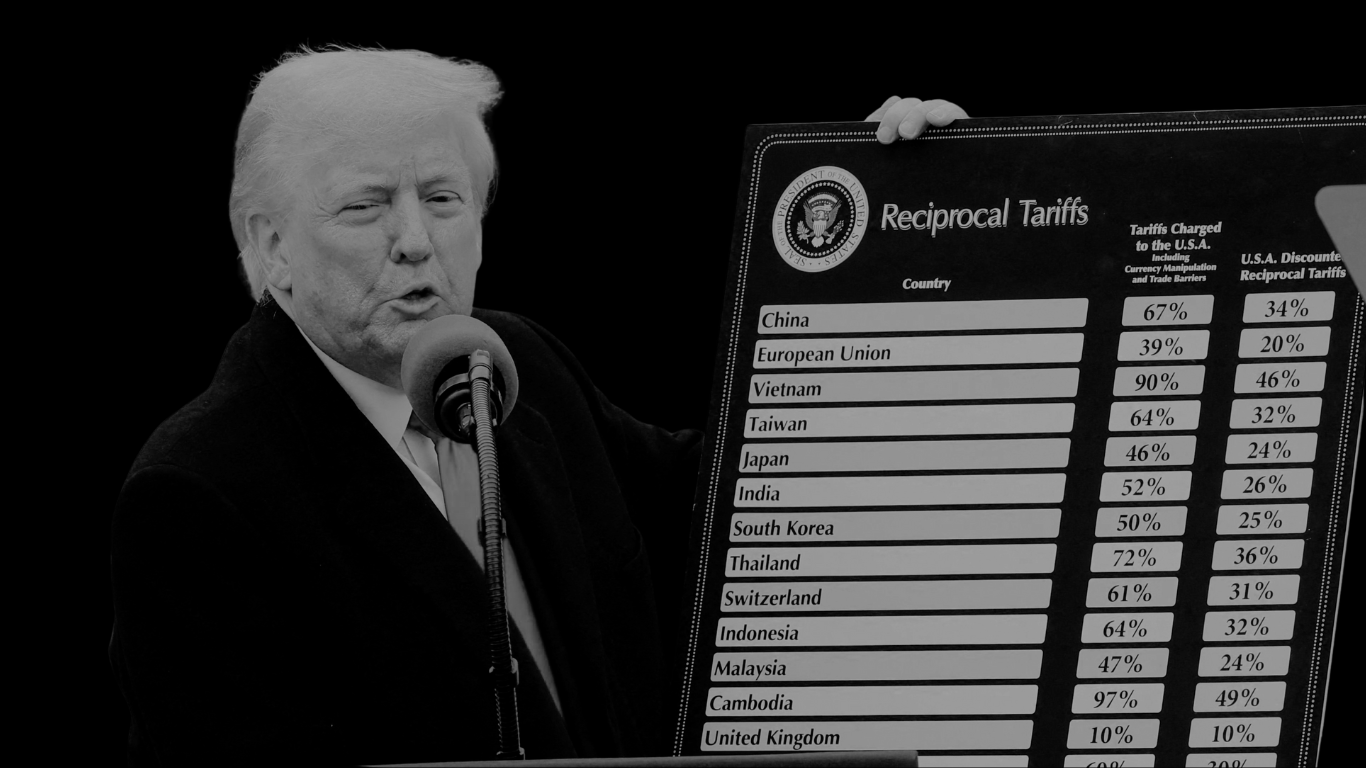Luke Johnson’s recent ‘Animal Spirits’ article in the Sunday Times discusses the differences between traditional ways to view investments and today’s more unconventional routes – such as cryptocurrencies and ‘tech unicorns.’ It’s certainly an interesting read…
Over time, the way in which investors judge value has evolved. In the early 1980s, when I worked as a stockbroking analyst, the most important measure was the price to earnings (p/e) ratio — the share price divided by the earnings per share. A secondary criterion was dividend yield — the annual income distributed by a company expressed as a percentage of the share price. A p/e ratio of under 10 times for decent companies were not uncommon, and solid firms offered a dividend yield of 5%.
Private equity and buyouts grew in importance, and their metrics were different to the stock market. The focus was less on the profit and loss statement and a share’s coupon, and more on cashflow. So earnings before interest, taxation, depreciation and amortisation (ebitda) became the standard tool — together with enterprise value (EV), the sum of equity plus debt. To an extent, this way of calculating value helped inflate the prices of companies.
The latter instrument of ebitda/EV is probably a less conservative yardstick, but it bears some relation to what I call the intrinsic value of a business. To determine this, the traditional method of appraisal was to examine the fundamentals of a company — its sales, margins, profitability, balance sheet etc — and derive an opinion of what its true worth was, partly by comparing its prospects with those of rivals.
Unfortunately, it feels to me that fundamentals are dead as a tool for investors. The advent of almost free money, in the wake of the financial crisis, means capital is being misallocated on an unprecedented scale.
In essence, quantitative easing and other mechanisms are being used by central banks to print money and prevent (or, more probably, defer) recessions. But these devices have merely encouraged the issuing of more debt in many places — government, industry and households.
So the difficulties have merely been put off, not solved.
The system is awash with money and bubbles are being created across many asset classes. The prices of equities, bonds, property and even commodities have all boomed over the past decade, but the supply of these investable instruments is somewhat limited.
And when classic asset categories have become too restrictive for the speculative mania, the crowd has invented new ones. So, for example, cryptocurrencies and “unicorns” have sprung from the minds of promoters to soak up the hot money. Such projects are wonderful vehicles for unrestrained optimism, wild gambling and, quite possibly, vicious losses.
Ultimately, investments will reward their owners only if they produce genuine financial returns and deliver some form of utility to society.
When I look at the irrational exuberance being displayed by backers of bitcoin or many tech unicorn companies, all I can see are quasi-Ponzi schemes. Some of the unicorns will become real businesses, but I suspect many will never succeed and their shareholders will lose all their money. They might disrupt existing industries, but that doesn’t guarantee that they will make profits. In 2014 there were 39 unicorn tech companies — by this year there were 170 emerging, unquoted tech firms worth more than $1bn. Really?
The value of bitcoin has grown more than 30-fold in less than three years, even as endless copycat digital currencies have been launched. The top five such currencies are supposedly worth more than $200bn.
This is financial madness matched only by phenomena such as the tulip mania in 17th-century Holland or the South Sea Bubble in 18th-century London. They are all examples of voodoo economics, and indicators of enormously overheated markets. There is a dangerous euphoria among present-day investors, which is bound to end in collapse and despair.
In the final stages of a bull market, investment concepts become ever more far-fetched. The most important characteristic of such schemes is that promoters can manufacture more of them instantly to cash in on the frenzy.
Cryptocurrencies are almost wholly unregulated — which is part of their appeal — and entirely non-productive. Fundamental analysis of them is impossible. Any criticism is met with: “You don’t understand.”
Valuing unicorns and cryptocurrencies using any classic methods is mocked. But to me they are sheer punts, which will only perform assuming a bigger fool buys your shares.
Of course, unicorn investing is almost entirely carried out by institutions, which should know what they are doing, but I suspect most of the cryptocurrency gamblers are private investors, which makes it altogether more scary.
I have no idea if a correction or even a crash is coming, but with the punchbowl of easy credit being removed, the party is likely to end soon.
Here at Nordens, we advise businesses on all aspects on growth. If what you need falls outside our remit on accountancy and business, we can introduce you to a specialist within our trusted network. Call us on 020 8530 0720 or email social@nordens.co.uk to find out more.
Luke Johnson is chairman of Risk Capital Partners and the Institute of Cancer Research. You can read the original article here.









































































































































































































































































































































































































































































































